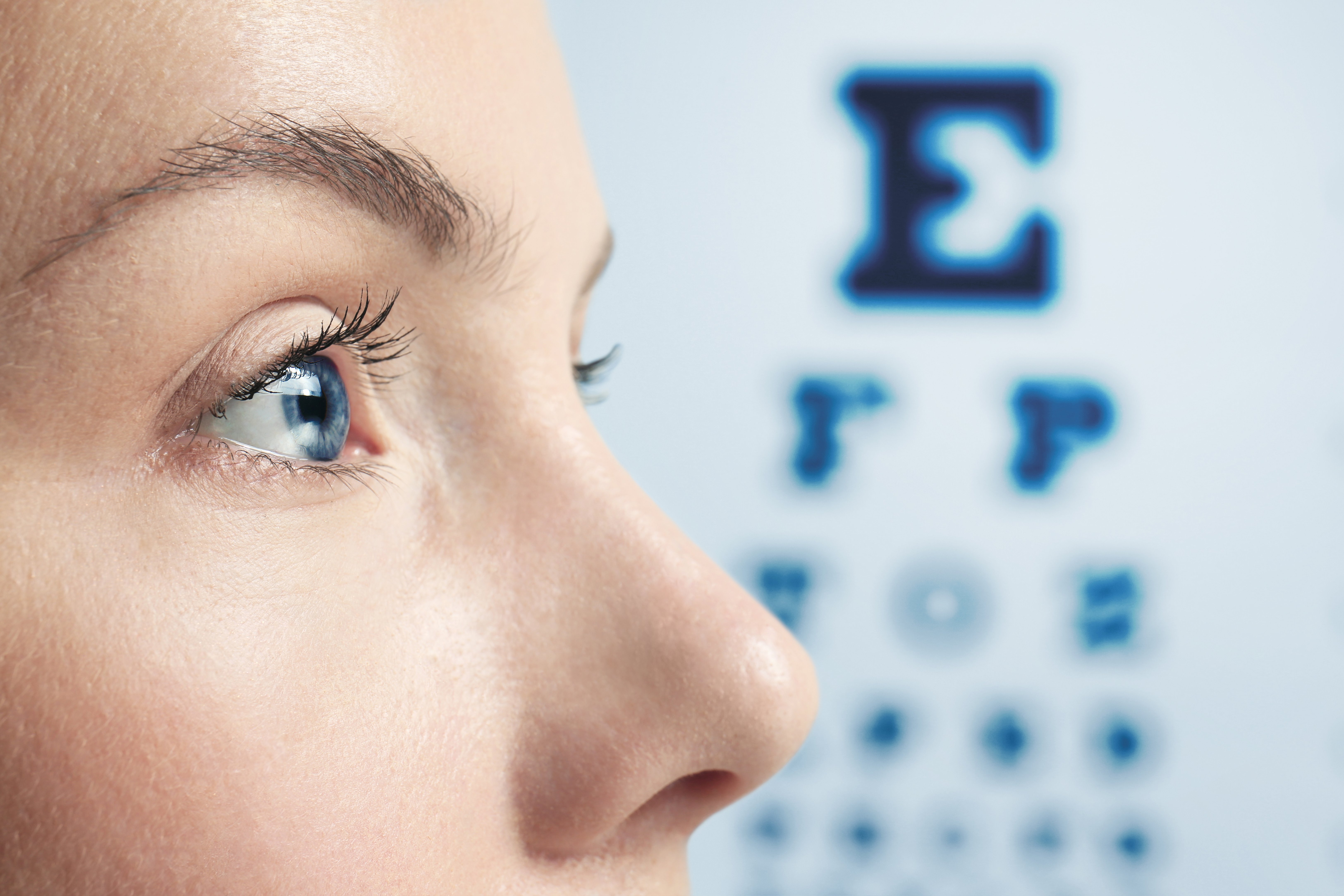
Getting regular comprehensive eye exams helps ensure that you maintain good eye health. These exams are standard practice in ophthalmology and optometry practices. During the exams, the eye doctor at Coers Family Eyecare, PC will ask about your medical and eye health history before conducting several tests.
The tests help check eye movement, vision, and general eye health. Finding out the health of the retina is vital and requires examining the blood vessels and nerve cells. You need to know about Optomap® retinal imaging vs. dilation exam.
Examining the Retina
The eye retina consists of blood vessels and nerve cells that link to the brain and body. The retina is the only area of the human body where doctors can examine blood vessels without cutting open the body.
Examining the retina can give the eye doctor a good idea of the patient’s eye and overall health. An eye doctor can detect diabetes, hypertension, and high cholesterol through examination.
Dilating the Eyes
For years, the only way to examine the retina effectively was by dilating the eye. The procedure involves using special eye drops that open the iris. It allows the doctor to examine the inner part of the eye using a bright light and special lenses.
But even with all its benefits, dilation is unpleasant for most patients, especially those with sensitive eyes. Many people avoid getting eye exams because of eye drops. They take too long to work, and the effects of dilation can last for hours after the exam.
Optomap Retinal Imaging
There is an alternative to using eye drops to dilate the eyes. It is Optomap, a high-tech imaging camera that takes high-resolution, wide-field digital images of the retina. The procedure does not involve the use of eye drops, and it is fast and painless. It is comfortable, making it ideal for use even on young children.
Optomap allows the doctor to show the images to the patient, which is helpful when explaining the exam results. The doctor can discuss and respond to the patient’s concerns and questions.
Reasons to Use Optomap
One benefit of Optomap is the ability to detect retinal changes easily. The eye specialist can detect abnormal findings at the back of the eye, such as broken blood vessels. Optomap imaging allows the doctor to compare images side by side. It helps determine whether the condition is becoming worse or changing.
What Do You Need?
Getting accurate information is crucial to evaluating the health of your eyes. When you visit an eye specialist for your annual eye exam, find out the process used to examine the retina. Most practices use both retinal dilation and retinal imaging.
The situations where dilation is more appropriate include patients with droopy eyelids, extremely small pupils, and dementia. The best way to determine what you need is by consulting your doctor.
If you find it difficult to get eye dilation, you can benefit from the imaging technology. Most eye doctors who use Optomap in their practice charge extra for digital imaging.
For more on Optomap retinal imaging and dilation exams, visit Coers Family Eyecare, PC, at our office in Columbus, Indiana. You can call (812) 408-8400 today to schedule an appointment.









